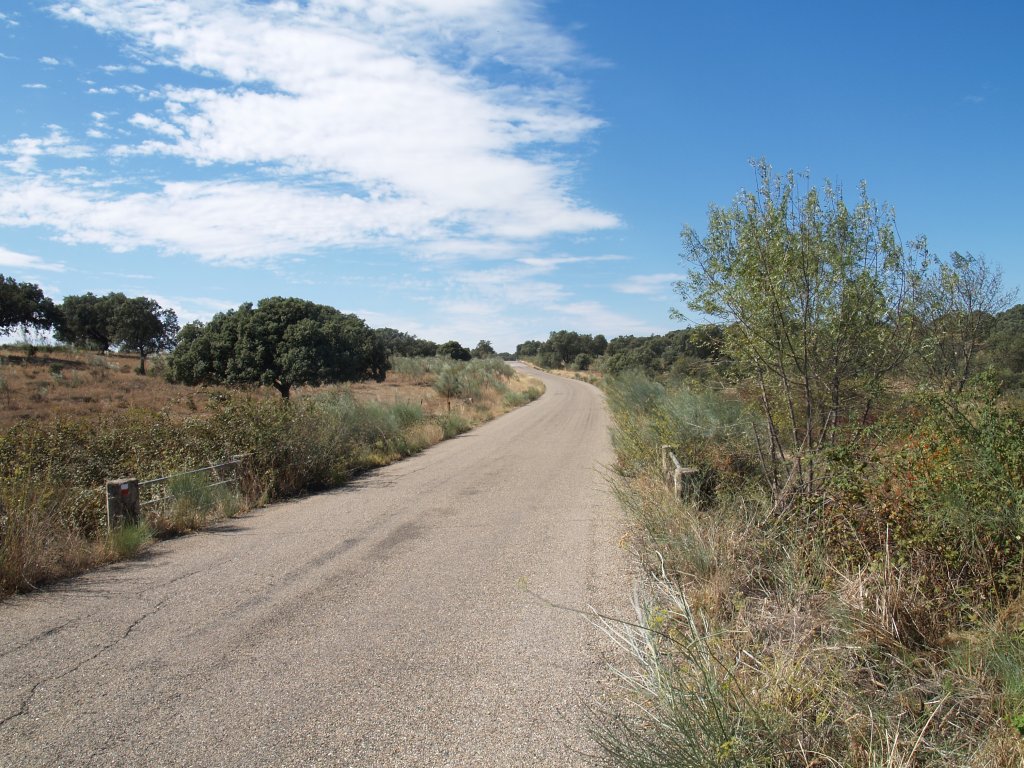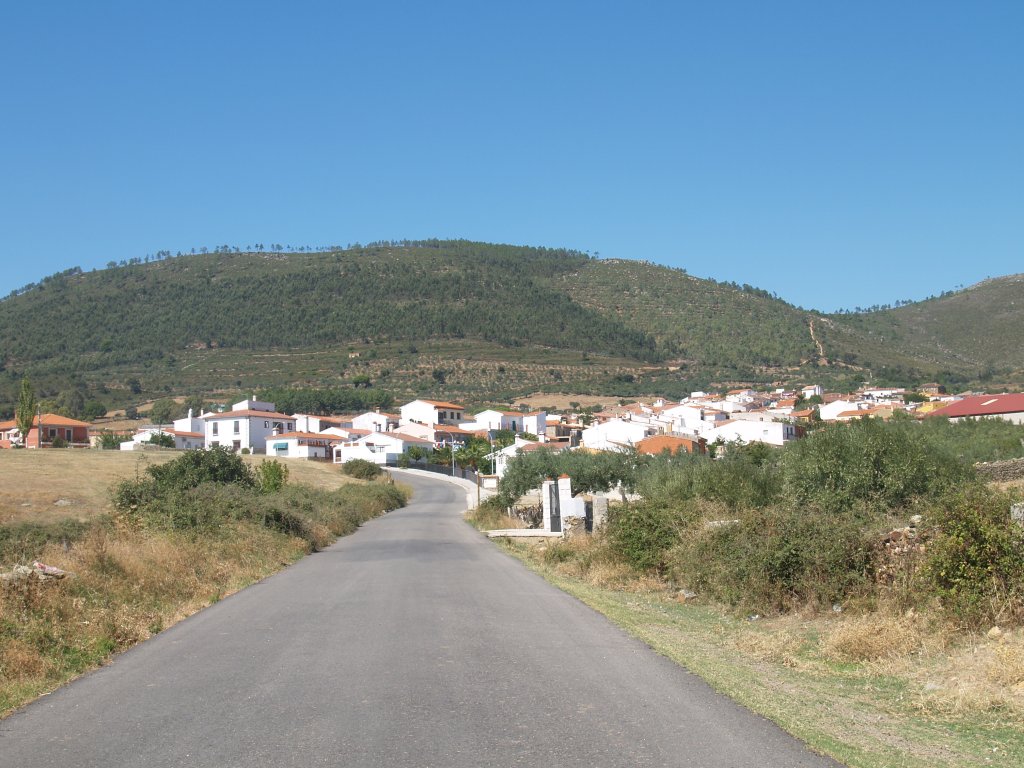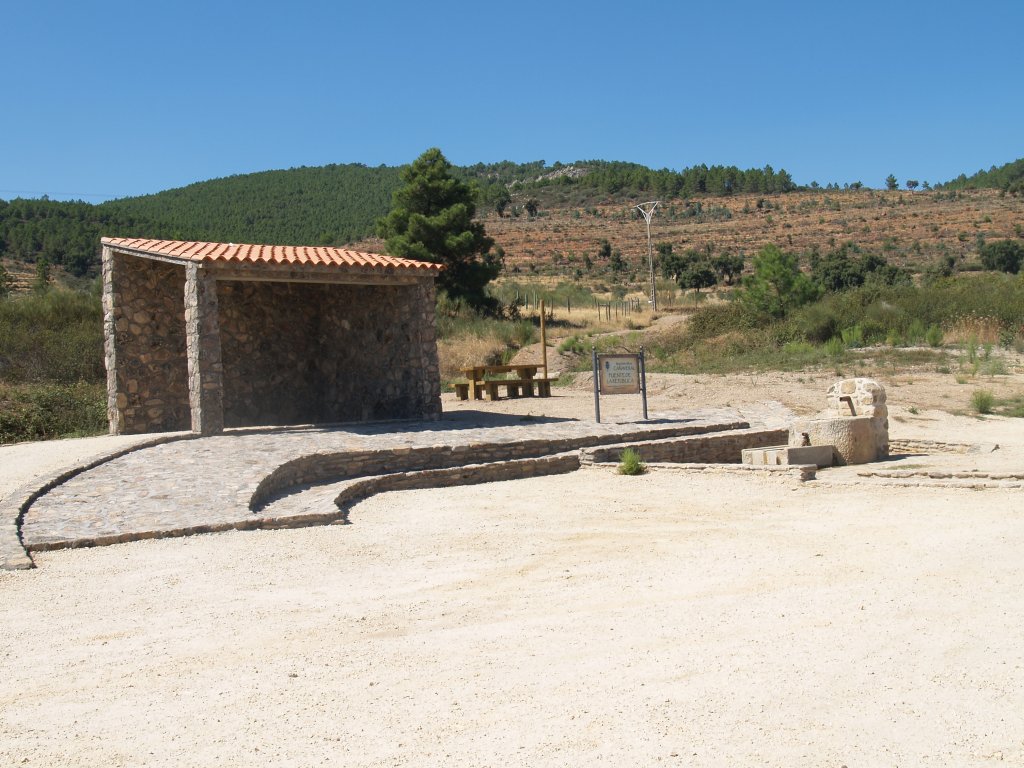Stage 36: Serradilla - Cañaveral
Description

Through “Tierras del Marquesado”
This Stage runs almost entirely on the local road from Serradilla to Cañaveral. It traverses through holm oak, cork oak and olive groves, until it passes under the Ruta de la Plata motorway to arrive at Cañaveral along a small track.
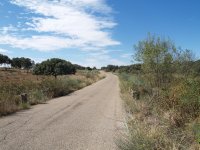
The route begins on the local road from Serradilla to Casas de Millán. The Trail ventures through dehesas populated with holm oaks (Quercus ilex) and cork oaks (Quercus suber), as well as olive groves and fields of cereals. Many animal species along the path find forage and shelter on these lands.
The landscape changes slightly as the route approaches Casas de Millán, a town located in Tierras del Marquesado County, with a geomorphology characterised by mountains with heights ranging between 500 and 700 m that contrast with the surrounding Extremaduran plains. The cliffs typical of this terrain are home to a variety of birds that build permanent nests or rest on migrations.
The route is dotted with farms where livestock graze, including sheep, Iberian pig and fighting bulls.
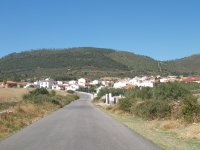
The road crosses a bridge over a railroad before entering Casas de Millán, where one can visit various religious buildings from different historical periods.
Leaving the village behind, the route drifts away from the road to the left onto a dirt track. Close to a livestock farm is a pond used by animals as a watering hole, which brings a little excitement to the experience.
The Autovía de la Plata (motorway), under which the route passes, appears further on. During this stretch, the route crosses two small brooks, which are never wider than one metre, and therefore easy to wade with a long stride. From here, one can enjoy a panoramic view of Cañaveral Reservoir.
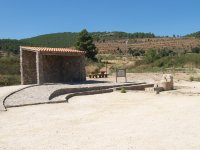
The route continues until it merges with a local road that runs under the Autovía de la Plata. It then turns right at an opening flanked by walls, and continues until it reaches an intersection with another road, from where it takes a path leading to the town of Cañaveral. A small recreational area equipped with tables, benches, a fountain and a shelter-hut can be found before reaching the town.
The path continues and crosses two gates with cattle grids. Soon after, the route heads down a road leading directly to Cañaveral, where this Stage ends.
Sites of interest
Profile
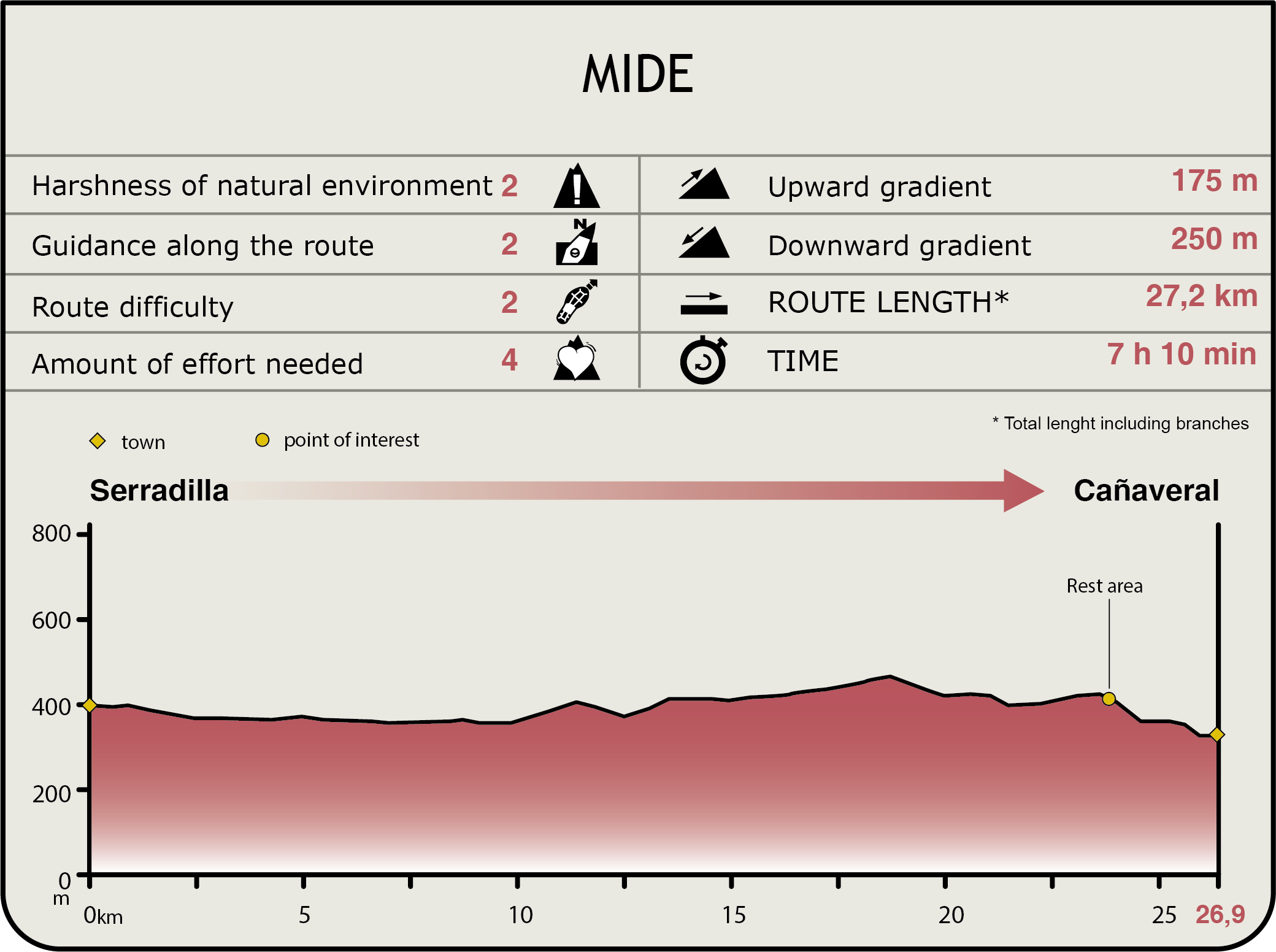
MIDE (Method for the Information of Excursions)
Featured
Further information
Casas de Millán
Casas de Millán is home to a variety of religious buildings, including the Church of San Nicolás, the church of San Sebastián, the shrine of San Ramón, the shrine of Nuestra Señora de Tebas, and civil buildings such as the home of the Marquis of Siete Iglesias, situated in the Palace square, near the parish church, with the coat-of-arms of Condado de Oliva on the façade.
The church of San Nicolás de Bari is built with masonry and ashlars according to the style in vogue for religious buildings in the sixteenth century. Nonetheless, it also has Gothic decorative elements on the façade and the tower. The square apse and dome were added in the seventeenth century. The nave is covered with a wooden gabled roof supported by two semi-circular arches.
The altarpiece, made of painted carved wood, is an interesting work of art. The Plateresque altarpiece was created by the wood carver Francisco Garcia, circa 1545, from Plasencia. The church also houses paintings (1549-1557) by Diego Perez de Cervera, from the nearby town of Jerte.
There are also other religious buildings of interest, including the shrine of San Sebastián with a notable belfry and the image of Saint Lucia; the shrine of San Ramón, an example of Baroque architecture, and the shrine of Nuestra Señora de Tebas, located seven kilometres away, a 17th century masonry work.
Canchos de Ramiro y Ladronera SPA
This rugged terrain is located between the mountain ranges of Canchos de Ramiro, Pico de Ladronera and Sierra de la Solana. Several waterways run through this SPA, including Castillo de las Moreras Brook, River Alagón and River Rivera de Fresnedosa. The Portaje Reservoir, home to bird species of international interest under Ramsar criteria, is also located within this protected space.
Typical of dehesas are the Quercus, as well as brooms and heather. There are also riparian forests and floating-leaf vegetation such as buttercups. Numerous raptor species populate this area, including Golden Eagle (Aquila chrysaetos), Lesser Kestrel (Falco naumanni), Peregrine Falcon (Falco peregrinus), Bonelli's Eagle (Hieraaetus fasciatus), Griffon Vulture(Gyps fulvus) and Egyptian Vulture (Neophron percnopterus). This area is also the habitat of some endangered species, such as the Black Stork(Ciconia nigra) and Common Black Tern Chlidonia niger).
